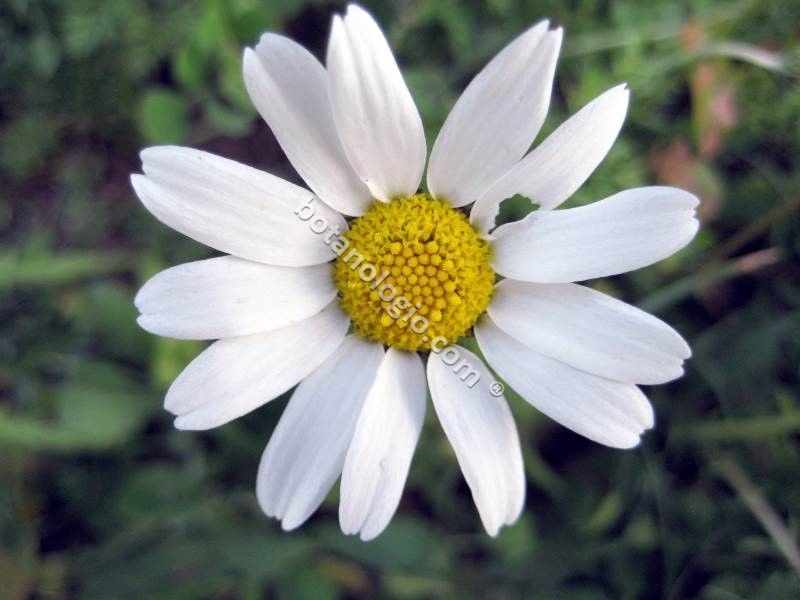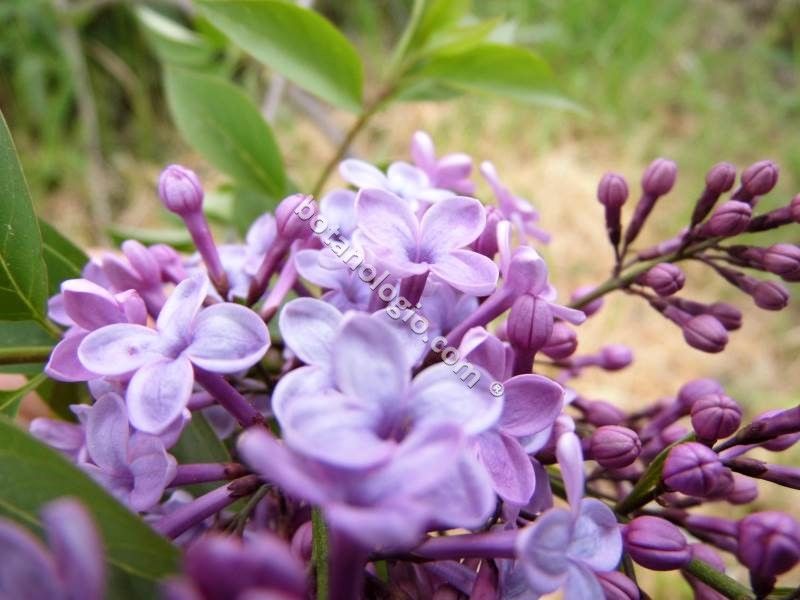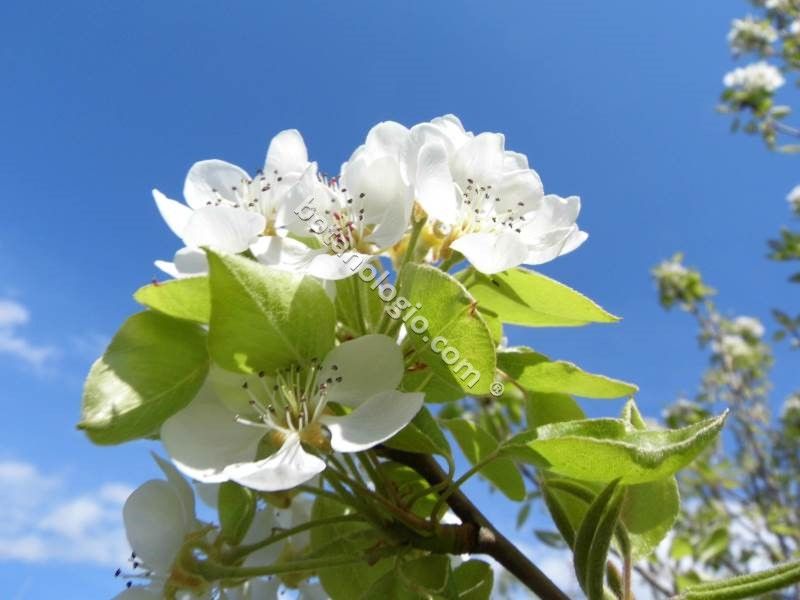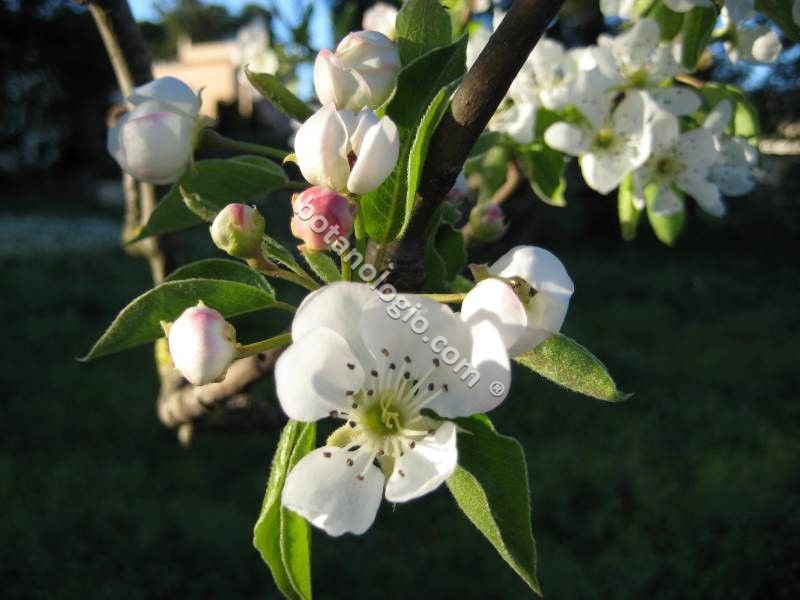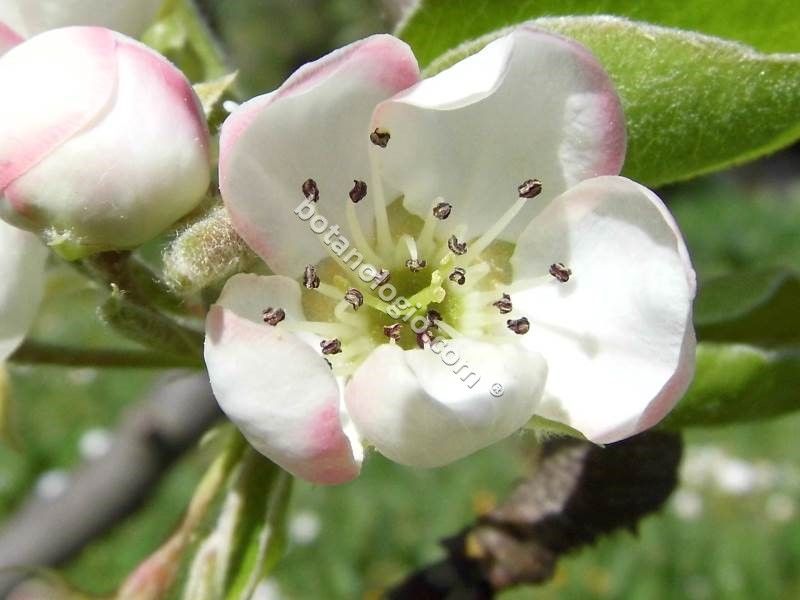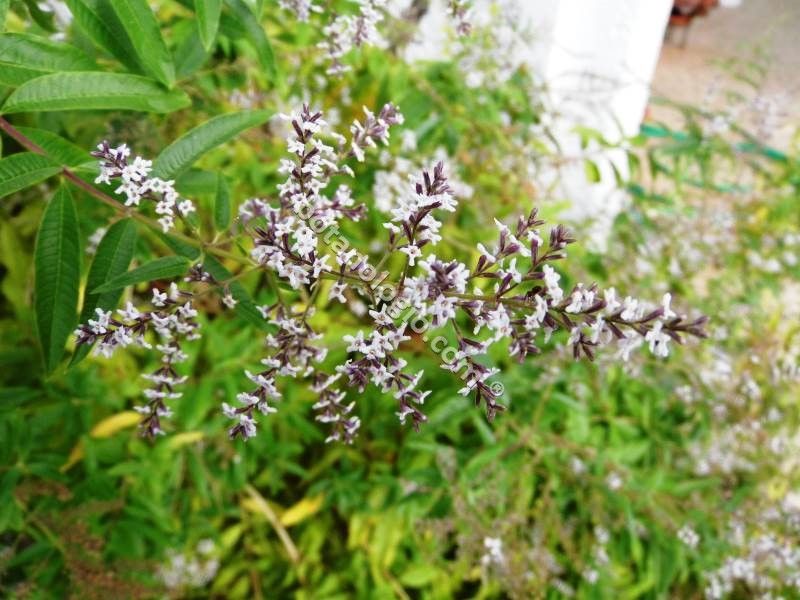Lemon balm collection and nutritional value

Lemon balm is a perennial herb, native to Greece and throughout Southern Europe, mainly the Mediterranean, with a preference for mountainous and semi-mountainous areas, but it is not difficult to grow it in any soil.
The leaves are heart-shaped, and are perimetrically serrated with a bright, intense green color. The flowers are very small and white or pink in inflorescences. The lemon balm has a characteristic intense aroma, reminiscent of lemon.
The parts of the plant that are collected and hide its healing and cosmetic properties, are the leaves and the flowering tops. They contain, among others, essential oil (mainly the leaves), volatile oil, polyphenols, tannins, flavonoids and bitter substance.
The flowering of the melissa lasts during the summer months, from June to August, a suitable period to collect the tops and the shoots. The leaves of lemon balm can be collected all year round, but the most suitable season is before the flowering period, when the leaves contain the most essential oil for distillation!
Read more about the healing properties of lemon balm and the cosmetic uses of lemon balm!
